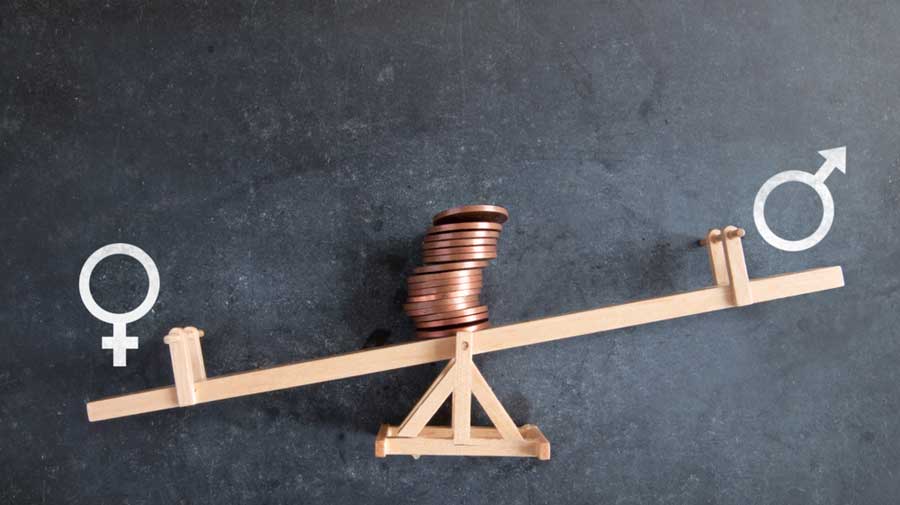It is a comment on the times that any positive sign of professional ethics is greeted with relief. An organization based in the United States of America, the Development Data Lab, examined eight crore case records of around 7,000 district and subordinate courts and 80,000 judges between 2010 and 2018 from the Indian government’s eCourt platform. The study detected no bias founded on the judges’ religious or gender identities in the trial courts. For example, women defendants did not get extra consideration from women judges, nor did defendants from the minority community gain any leeway when judges were of the same faith. Gender and religion — the latter particularly in recent years — are two indicators of inequality in Indian society that daily undermine the basis of the non-discriminatory democracy the Constitution delineated. To discover that in-group bias does not work in the lower courts is, therefore, certainly satisfying. Ironically, this empirical study of India’s judicial data exposed other manifestations of these biases. While 48 per cent of Indians are women — they are not quite half the sky partly because gender bias is violent — they comprise only 28 per cent of lower court judges. A similar asymmetry affects Muslim judges: Muslims are 14 per cent of the population, but constitute only 7 per cent of judges in trial courts.
In-built bias can be difficult to pin down. The researchers did not use caste or income as variables in the study because they do not have the appropriate algorithms to assess these. But government data for 2019 show that Dalits and Muslims make up the majority of undertrial prisoners in India. Representation now works the other way: scheduled castes are 16.6 per cent of the population, yet they make up 21 per cent of undertrial prisoners. It is the same for tribal people and Muslims. An Indian study from 2016 showed that, of 385 persons on death row at the time, two-thirds were from backward classes or castes or religious minorities, as were all 12 female convicts.
These figures are a clue to the complicated nature of systemic biases. Although the Development Data Lab study examined religious and gender biases related to conviction, acquittal and processes such as delay or change of judges, it did not consider the framing of charges, bail practices or severity of punishment. This may partly account for the fact that the religious minority was over-represented among undertrial prisoners in 2019 and on death row in 2016. Besides, caste bias is obviously present at some point in the process, but this cannot be separated fully from financial status and the disadvantages that go with low or uncertain incomes. Education, understanding of rights, social contacts, the ability to pay bail as well as other factors are tied up with caste, tribe and religion. It must also be asked how far local politics plays a part. The US-based study has just touched the tip of a submerged iceberg.











